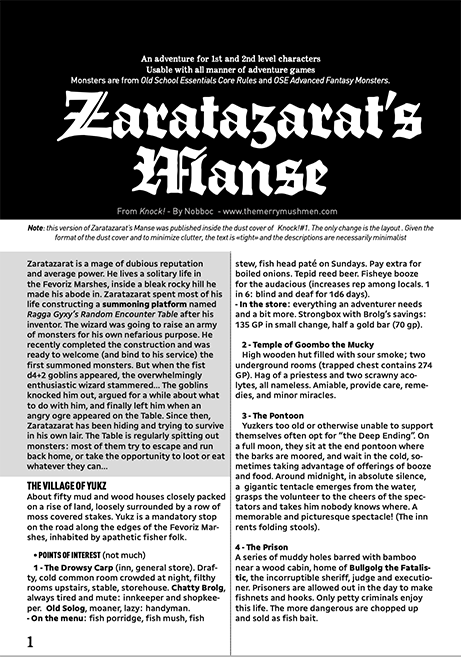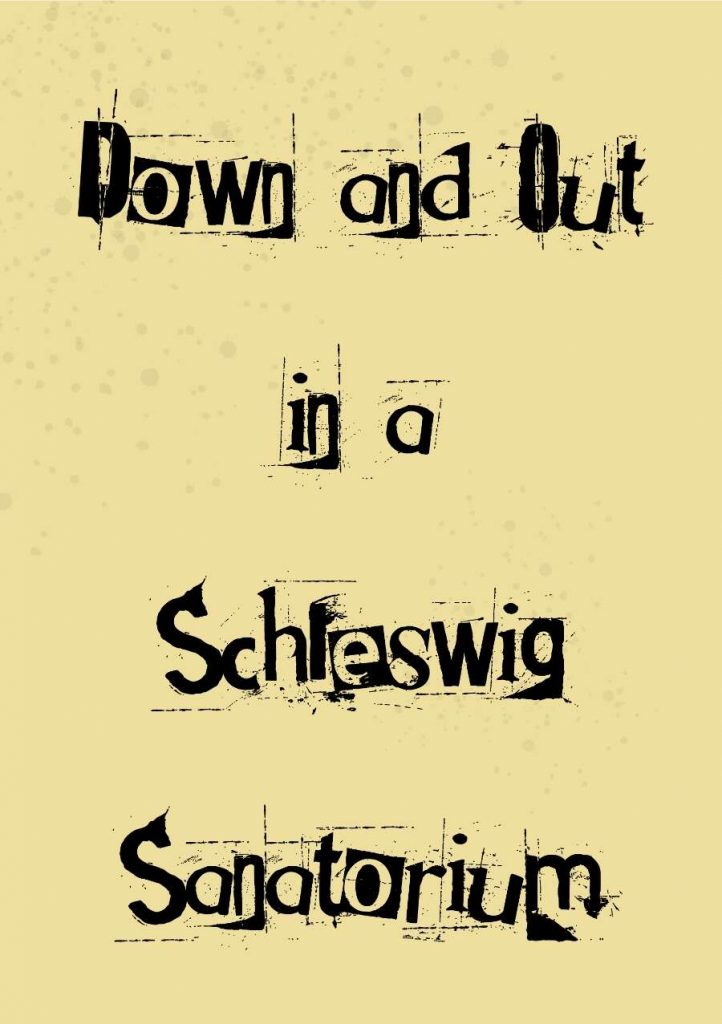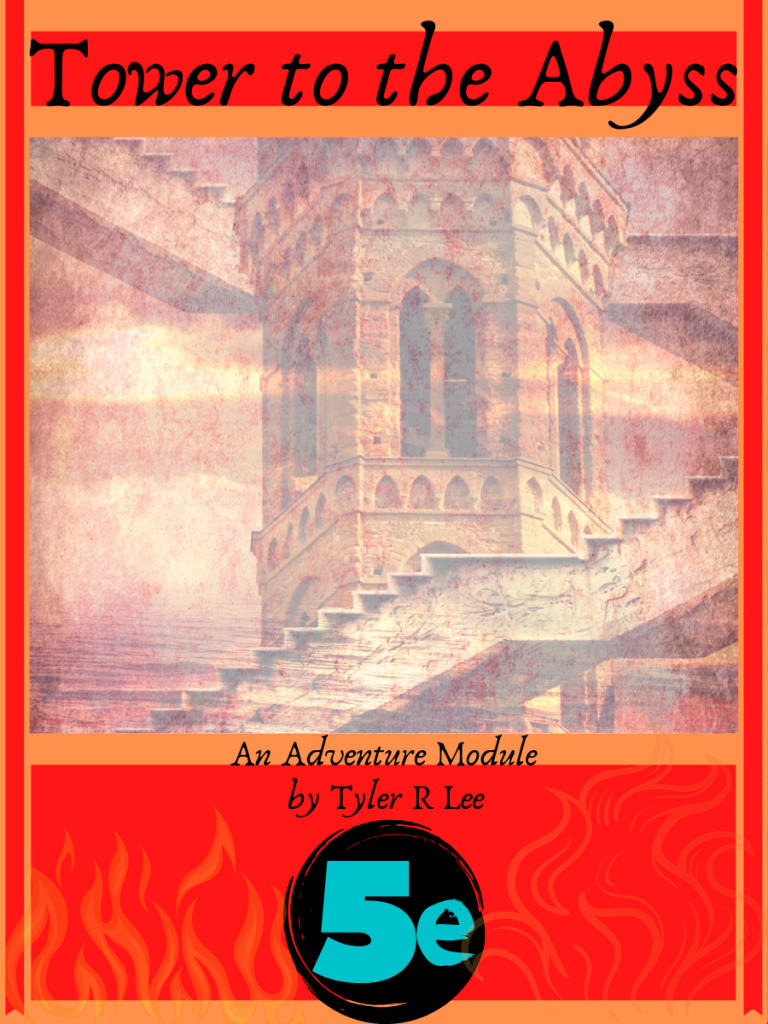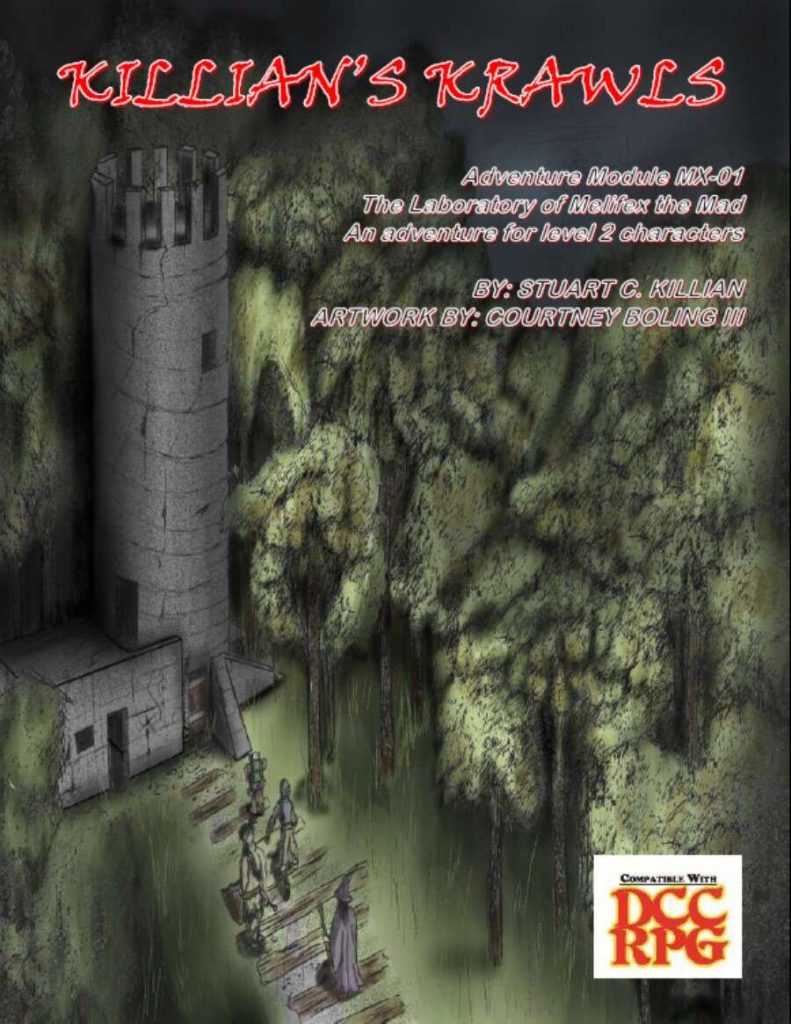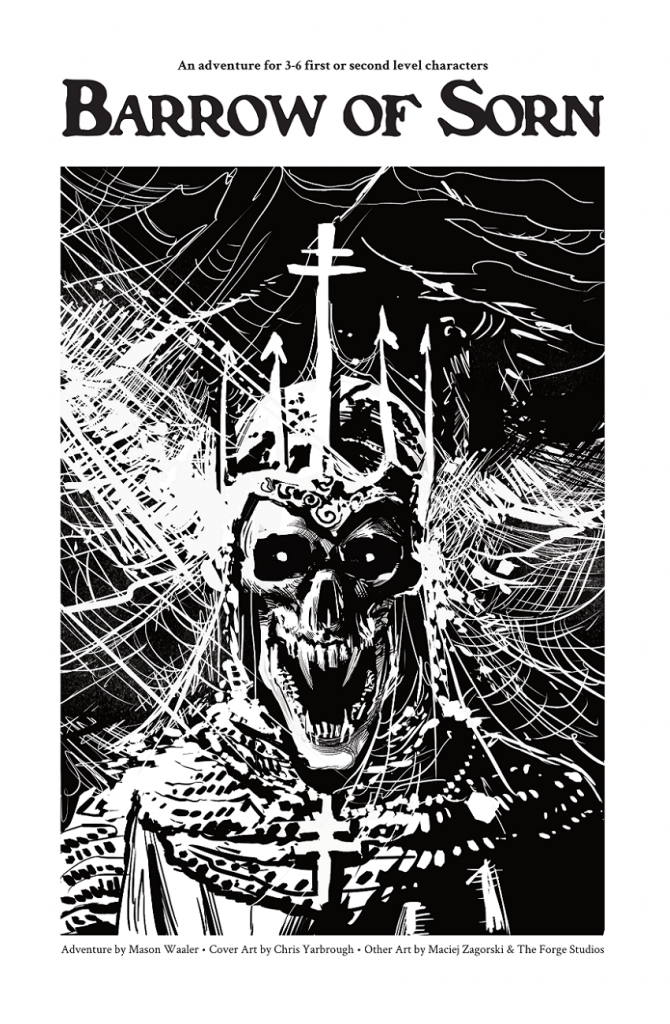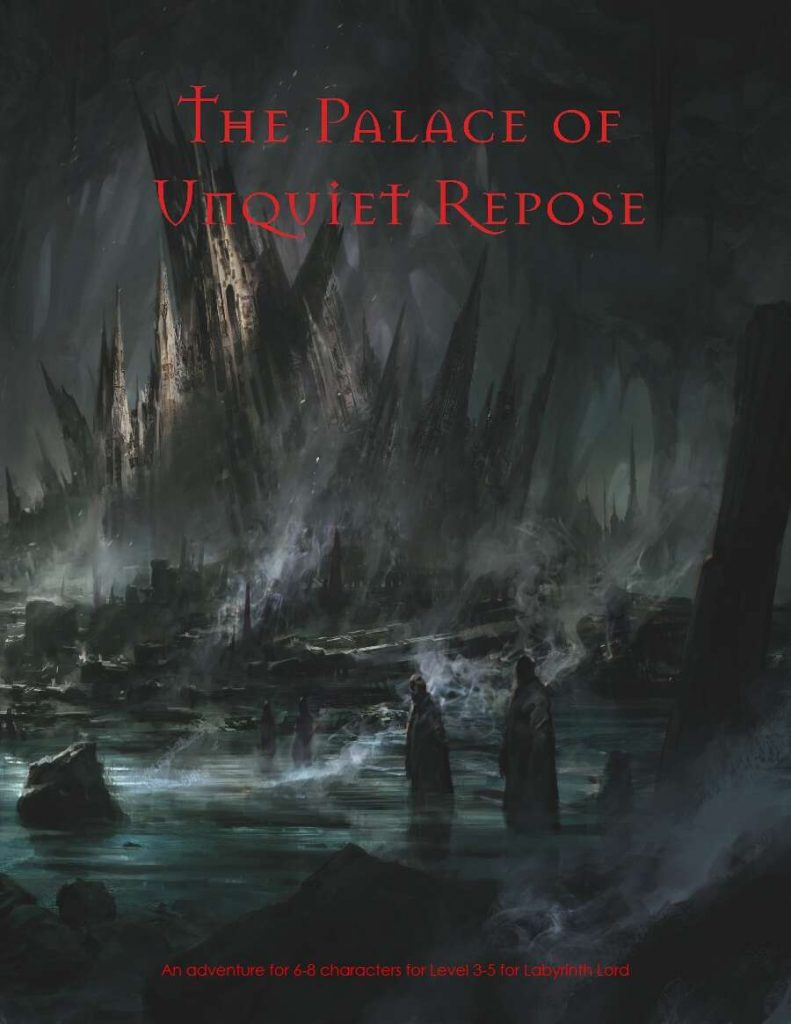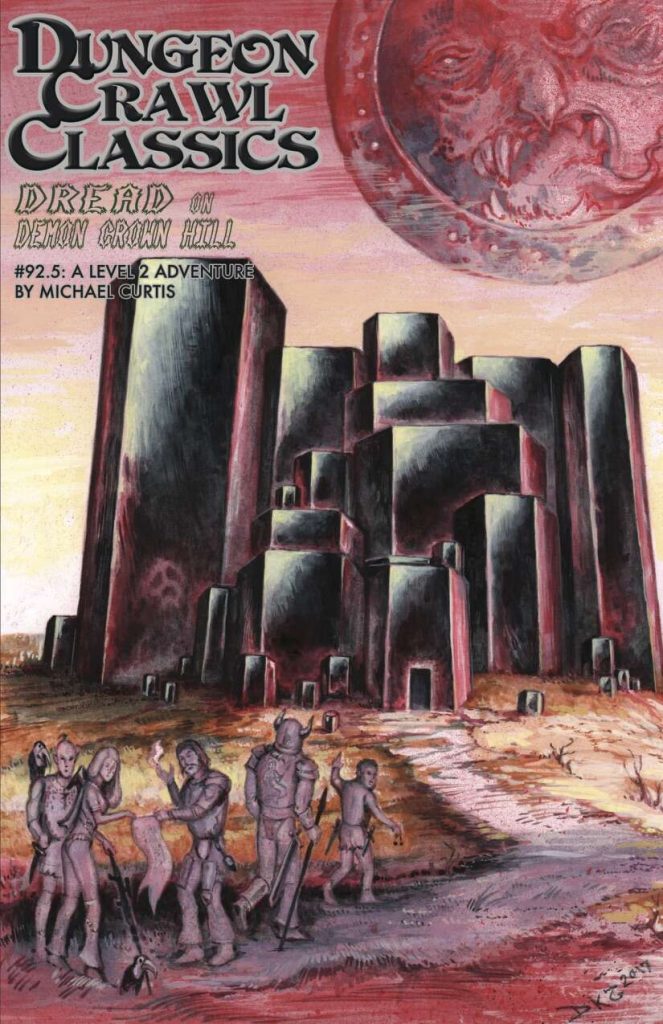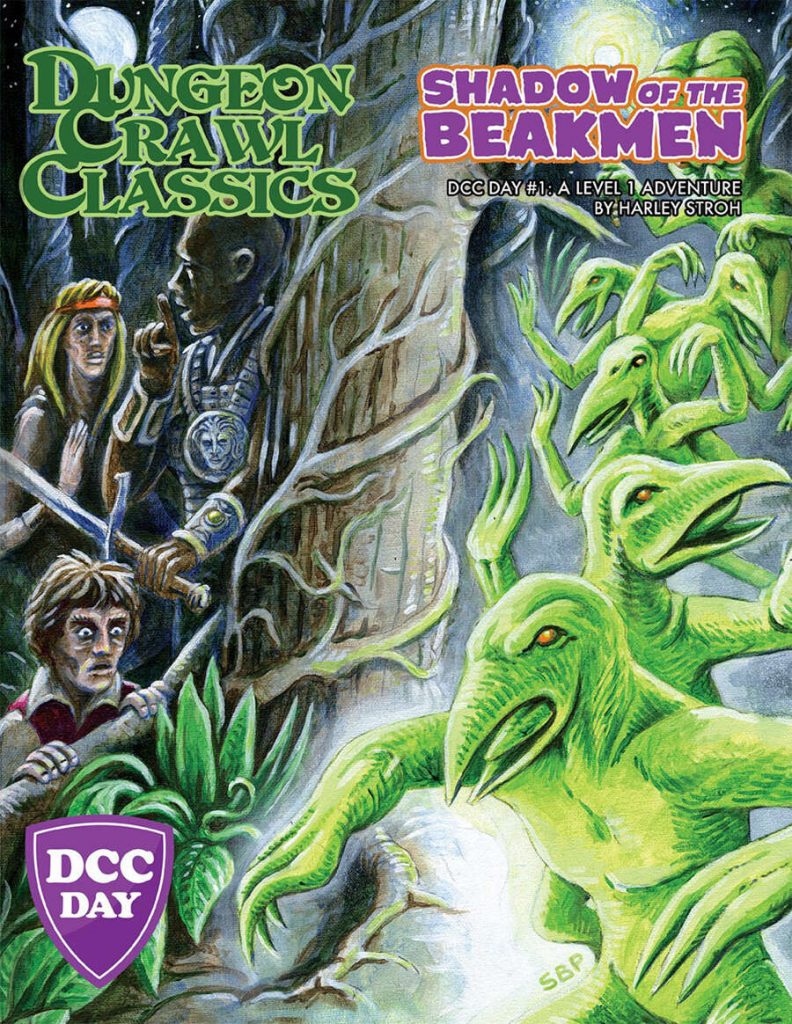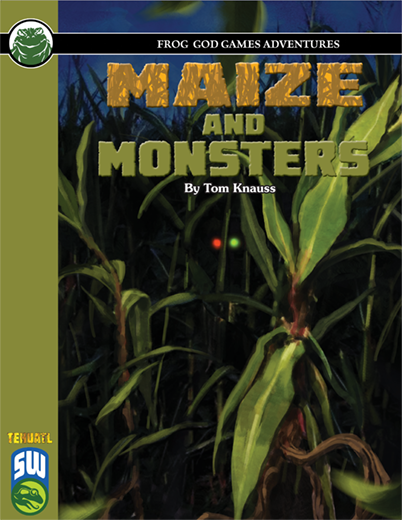
By Tom Knauss Frog God Games S&W Levels 4-6
Maize and Monsters is an adventure, that exposes the adventurers to the grim reality that time sometimes exacerbates old wounds rather than healing them. A recent murder in the village of Pilhua proves to be far more than a simple crime of passion as the seeds for this killing were sown during a previous, unsolved mystery that still haunts some residents within the settlement. The characters must wade through a list of suspects and motives that lead them to discover the ugly truth about a heinous crime that spawned a greater evil than even its perpetrators could ever imagine.
This 27 page adventure uses about fourteen ages to describe an investigation, a couple of combats, and a small corn maze in a mesoamerican village. There is SOMETHING going on, but it is hidden behind so much Wall of Text as to be nigh incomprehensible. Combined with some “Now It Is Fight Time” logic, it screams j’accuse! at the Frogs.
Good stuff: there’s a lot going on. Two dudes kill their skeezy drug peddler and bury him in a cornfield. Two teens, making, out see it, and get killed also. One Year Later (a magic number, to be sure, and thus I approve) you get an evil corn stalk monster killing someone in the night. That dudes wife is a little skeezy … a red herring. You get a widow making monsters attacking the mayor for not trying hard enough to find the murderers. You get the dead dealer causing problems as a wight, the two kids turning a corn field in to an evil corn maze … a fuck ton going on here. I’m not entirely sure it all fits together well, due to issues explained later, but it COULD. And an adventure with a lot going on can be a GREAT adventure.
It also separates out just about every NPC you could talk to in their own little box, and tried to use some bullets or italics to draw attention to different facts and so on. Likewise, there’s an adventure synopsis right up front to help the DM get oriented … and without it I’d be even more lost than I already am. So, it’s got a good basic outline, and knows what to do. It just fails in doing any of it.
First, this is a Frog God adventure. That means that it is a disaster. While an “editor” is attached, it’s clear that person did close to nothing. There’ no level range on the cover or in the product description. They did nothing to catch the inconsistencies in format (more on that later) or evidently made any effort at all to clarify text. The Frogs are, as with nearly all multi-author publishers, incompetent. Your mileage with a multi-author publisher is going to come from the designer, with the publisher only detracting from value as a product. For the DESIGNER it probably means a wider audience, since there’s some staying power and name recognition in the publishers name. For the consumer, though, you’re only going to get the designers vision fucked with at worst and unguided at best. The larger the publisher the more evident the issue, it seems. We’d all like to THINK they provide value. But, the designers name holds more value, ultimately. And fifteen fucking dollers for a PDF? The chutzpah! (Thanks Paranoia! I owe my vocab to you and the orphan example!)
The mesoamerican setting doesn’t help. Adding to the confusion is the proper noun and vocabulary issue. This isn’t unique to this adventure, but can be found in the bullshit proper names in Forgotten Realms or in Vengers Apostrophe-land setting. If you have to put the translation next to the noun, every time, in order for someone to follow the adventure then you’ve failed. It’s not that Different is Bad, but rather that you have to recognize that you’ve got a job to do to help people along, so the burden on design and organization is even greater. Further, there’s no real cultural issues in this adventure. There’s nothing to say “this is a mesoamerican adventure” other than the usage of the proper nouns and different weapon nakes, etc.
The NPC’s are a nightmare to follow and therefore run. The entire first section is supposed to be talking with people to investigate the village issues. Each NPC gets a couple of paragraphs, at least, of small dense text follow by wither italics or bullet points. The italics is better done. A keyword or two in italics “Her affairs” followed by information she relates. This is good! Well, not the multi-paragraph intro. That’s terrible to scan and comprehend, but the italics keyword with follow up information is great! Other NPC’s though, get a bullet break out. With no keywords. Both formats are, inexplicably, used, with the bullets being far weaker because of the lack of a heading to let you know what that bullet is about.
And the wall of text. Oh my sweet Jesus, the wall of text. Small font, tight, and MOUNTAINS of it with only paragraph breaks. This combined with the lack of a good “flow” in the adventure, particularly the investigation part, leads to you both WANTING to know what’s going on and how to run it as well as wanting to stab your own eyes out. It’s IMPOSSIBLE to follow. Information is hidden in there, information you need, but you’re not going to find it without taking multiple minutes to read it … while at the table.
And then there’s the D&D part. Or, rather, I should say, what modern designers seem to think of as the D&D part: the fighting. “NOW IT IS TIME TO HAVE AN ENCOUNTER SO YOU FIGHT NOW” Or , maybe it’s a Frog’s thing. I don’t know. It sucks. You’re doing this investigation. It’s got this creepy cornfield. There’s this element of horror implied. And then “Three zombies walk out of the cornfield and attack.” That’s it. That’s how the primary motivators of the adventure show up. “Animated goll corpses loiter” is the read-aloud, I think. Specifically “The stench of death accompanies a withering, desiccated corpse wielding a vicious macuahuitl wrapped in leathery, decaying flesh in its bony hands. A team of animated gnoll corpses loiter around him as the obviously undead abomination shambles forward to slay the living and add its victims to its swelling ranks.” This is supposed to be a highlight. No creepy village vibe at night. No slowly increasing terror. No. Just they walk out of the cornfield and attack. It’s fucking lame. It takes all of the atmosphere and just fucking tanks it. Huts ablaze? Shows everywhere? Screams? No. They just walk out and attack the party.
Stop me if you’ve heard this one before: The Frogs are a rip off. I like reviewing new designers, but, fuck man. I guess, maybe, I expect more from a publisher? I don’t know why. I already know most adventure are crap. (By definition? If all adventures were The Best, would standards then be raised to make 90% of The Best crap? Hmmmm…)
Reviews of longer and multi-designer products coming soon … I think I’ve found a way to make them work.
This is $15 at DriveThru. The previews is three pages, showing you only one page of text, which is just background text. Shitty shitty preview.
https://www.drivethrurpg.com/product/344314/Maize-and-Monsters-SW?1892600

